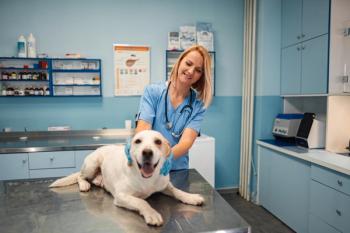
Catching kittens early
Denise Tumblin offers tips to give your kitten wellness plans some traction with veterinary clients.
Q: My puppy wellness plans are doing well, but kitten wellness plans aren't getting traction. Any tips to change clients' minds about the importance of preventive care for them?
Start with your doctors and staff and make sure they believe in kitten wellness plans as passionately as puppy wellness plans, says Denise Tumblin, CPA, Veterinary Economics Editorial Advisory Board member and president and owner of Wutchiett Tumblin and Associates in Columbus, Ohio.
"Do they present the information to the clients just as clearly? Perhaps it's not that your clients don't believe in the importance of preventive care for their cats, but rather your message is muddled by 'noise,'" Tumblin says.
Ambiguity and redundancy are noise to a client, she says. Review your practice's message and how team members present that message about your kitten plans to make sure they aren't confusing the client with noise. Have them practice, practice, and practice some more presenting the information. The more comfortable and confident your team members are presenting the information, the more successful they'll be.
"Clarity helps people understand, which makes them more confident about choosing to enroll in your wellness plan," Tumblin says. "To create clarity for the client, tell the story about why you developed your wellness plans."
Ask your team to go into every kitten appointment with the passion for your practice's message about preventive care, the belief in your plan, and the confidence in your plan, and don't let the "no's" get your team down.
Newsletter
From exam room tips to practice management insights, get trusted veterinary news delivered straight to your inbox—subscribe to dvm360.






